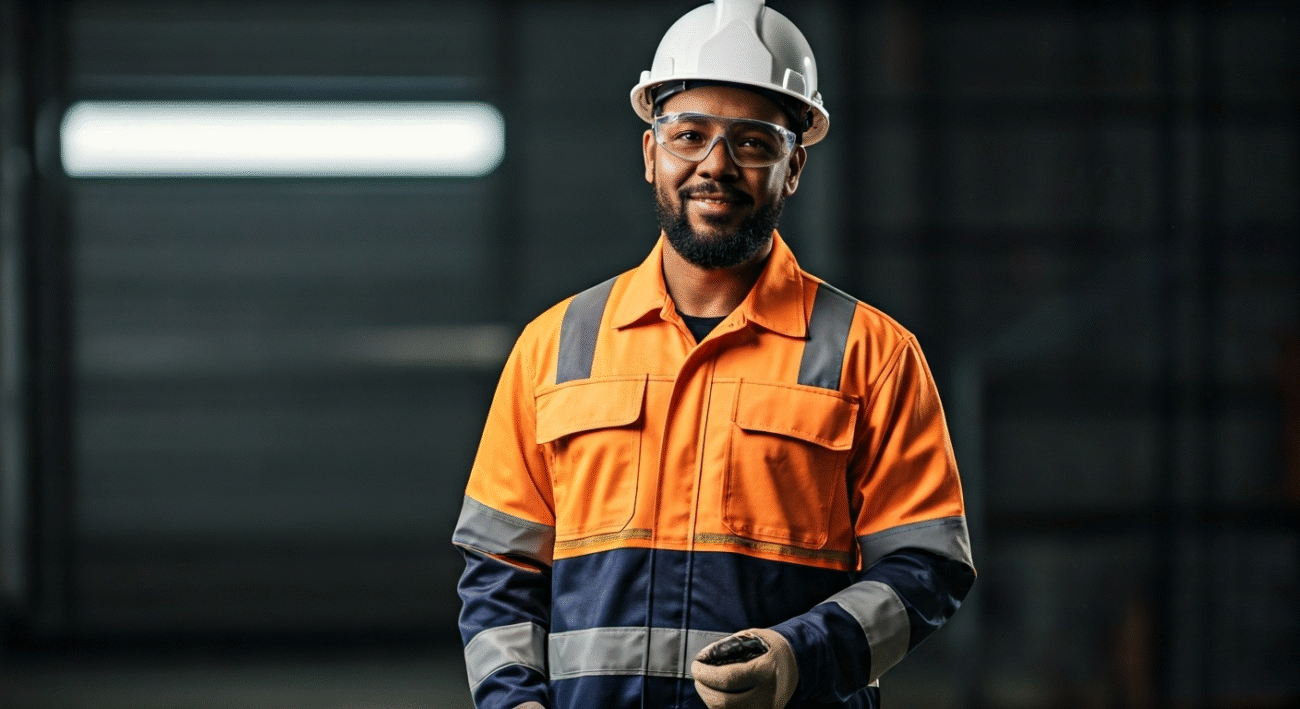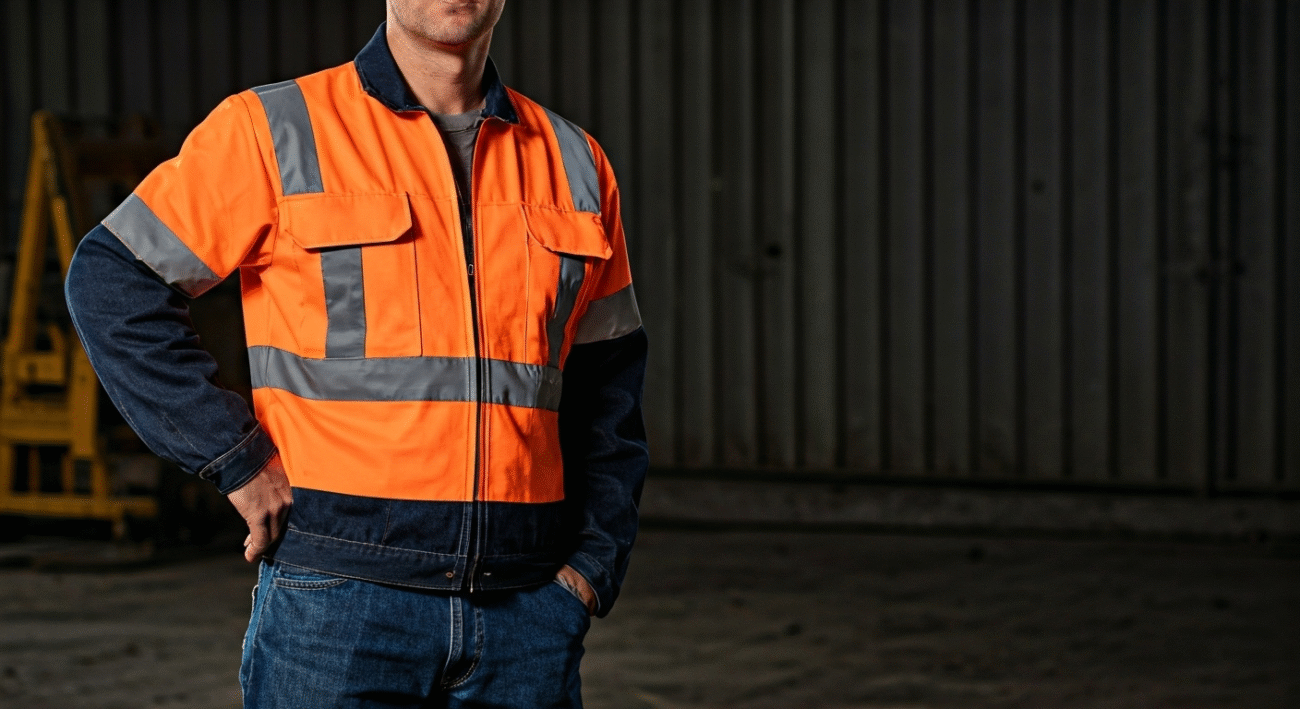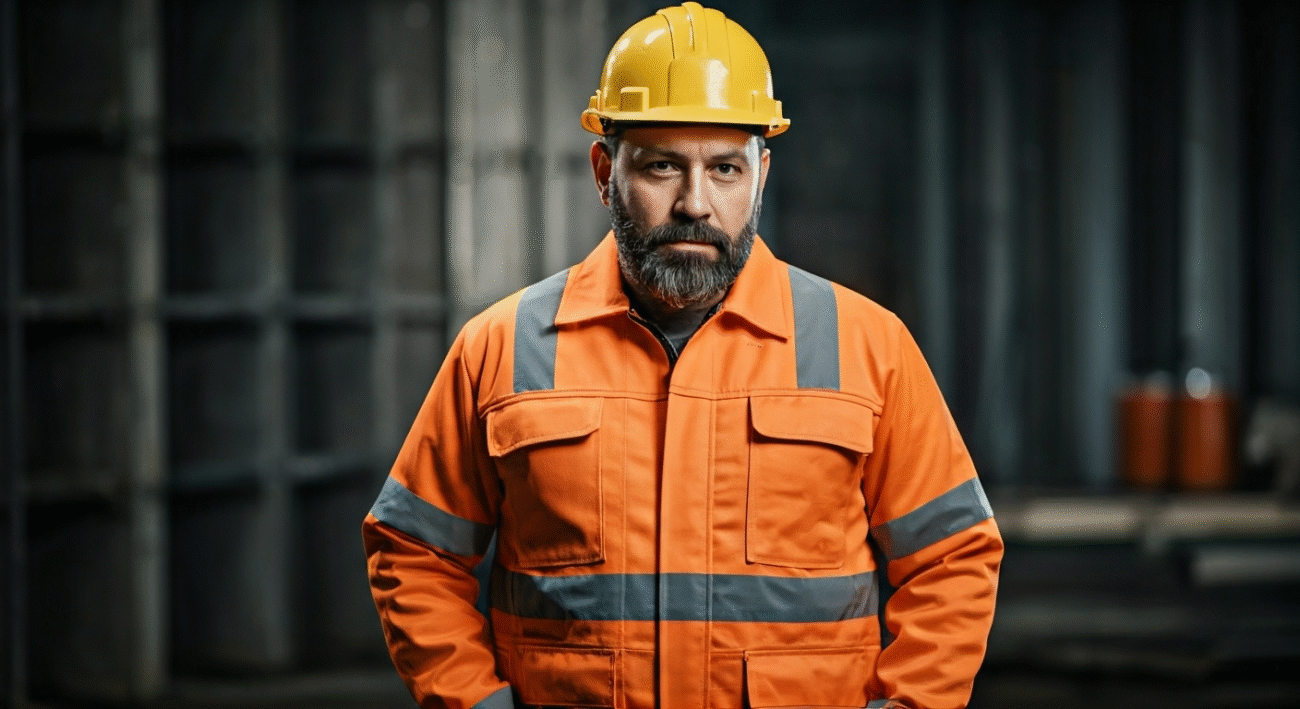Workwear Clothing Guide to Construction Safety Clothing in June 2025
 The construction industry is the backbone of our growing cities and towns, a testament to human ingenuity and hard work. But with great progress comes great responsibility, and ensuring the safety of every worker on site is paramount. As we step into June 2025, the conversation around construction safety is more critical than ever, driven by new technologies, updated regulations, and a collective commitment to protecting our workforce.
The construction industry is the backbone of our growing cities and towns, a testament to human ingenuity and hard work. But with great progress comes great responsibility, and ensuring the safety of every worker on site is paramount. As we step into June 2025, the conversation around construction safety is more critical than ever, driven by new technologies, updated regulations, and a collective commitment to protecting our workforce.
The Foundation of Safety: Personal Protective Equipment (PPE)
Personal Protective Equipment (PPE) is more than just a set of garments and gear; it’s a lifeline. It is the last line of defense against potential hazards on a construction site, from falling debris to electrical shocks. In 2025, the emphasis on PPE is not just about compliance but about creating a culture of safety where every worker understands the importance of their gear.
Employers are legally obligated to provide their workers with the necessary PPE and ensure they are trained on its proper use, maintenance, and limitations. This includes conducting a thorough hazard assessment of the worksite to identify potential risks and select the appropriate PPE for each task. For employees, it’s a shared responsibility to wear their PPE correctly and report any damage or malfunction immediately.
High-Visibility Clothing: Be Seen, Be Safe
In the dynamic and often chaotic environment of a construction site, visibility is key. High-visibility clothing is designed to make workers stand out against any background, in any lighting condition. This is achieved through a combination of fluorescent colors for daytime visibility and retroreflective materials for low-light and nighttime work.
The American National Standard for High-Visibility Safety Apparel and Accessories (ANSI/ISEA 107-2020) is the industry benchmark for hi-vis gear. It classifies garments into three types based on the work environment:
- Type O (Off-Road): For workers in non-roadway environments, such as warehouses or parking lots.
- Type R (Roadway and Temporary Traffic Control): For workers exposed to traffic on highways or other roadways.
- Type P (Public Safety): For emergency and public safety personnel.
Each type is further divided into performance classes (Class 1, 2, or 3) based on the amount of visible background material and retroreflective tape. As a general rule, the higher the class, the greater the visibility.
Head Protection: Your First Line of Defense
The hard hat is an iconic symbol of construction, and for a good reason. It provides crucial protection against impact from falling objects, electrical shocks, and other head injuries. The latest hard hats in 2025 are not just about safety but also comfort and functionality. Many models now come with integrated features like communication systems, adjustable ventilation, and even built-in eye protection.
When choosing a hard hat, it’s essential to consider the specific hazards of the job site. The ANSI/ISEA Z89.1-2014 (R2019) standard classifies hard hats into two types and three classes:
- Type I: Designed to reduce the force of impact to the top of the head.
- Type II: Designed to reduce the force of impact to the top and sides of the head.
- Class G (General): Protects against low-voltage electrical conductors (up to 2,200 volts).
- Class E (Electrical): Protects against high-voltage electrical conductors (up to 20,000 volts).
- Class C (Conductive): Does not offer electrical protection.
Regular inspection of hard hats is crucial. Look for any cracks, dents, or signs of wear and tear, and replace your hard hat immediately if it has sustained a significant impact.
Safety Footwear: A Step in the Right Direction
A construction site is no place for ordinary footwear. Your feet are exposed to numerous risks, from sharp objects and heavy machinery to slippery surfaces and electrical hazards. That’s why safety footwear is a non-negotiable part of your PPE.

The ASTM F2413-18 standard sets the minimum requirements for protective footwear. When choosing your next pair of work boots, look for the following features:
- Safety Toes: Steel, composite, or alloy toes protect your feet from impact and compression. Composite toes are a popular choice in 2025 due to their lightweight and non-conductive properties.
- Puncture Resistance: A plate in the midsole protects your feet from nails, screws, and other sharp objects.
- Slip Resistance: Outsoles with a deep tread and specialized rubber compounds provide excellent traction on wet and oily surfaces.
- Electrical Hazard (EH) Protection: EH-rated boots are designed to protect you from open electrical circuits.
Hand Protection: The Right Gloves for the Job
Your hands are your most valuable tools, and protecting them is essential. With the vast array of tasks on a construction site, from handling rough materials to working with chemicals, a one-size-fits-all approach to gloves simply doesn’t work.
Choosing the right gloves depends on the specific hazards you face. Here are some common types of work gloves and their applications:
- Leather Gloves: Offer good durability and protection against cuts and abrasions.
- Coated Gloves (Nitrile, Latex, Polyurethane): Provide a secure grip and protection against oils and chemicals.
- Cut-Resistant Gloves: Made with materials like Kevlar or Dyneema, these gloves are essential for handling sharp objects like glass or metal.
- Impact-Resistant Gloves: Feature extra padding on the back of the hand to protect against crushing injuries.
The ANSI/ISEA 105-2016 standard provides a classification system for cut resistance, puncture resistance, and other performance metrics to help you choose the right gloves for your needs.
Specialized Gear for Modern Construction
Beyond the basics, modern construction sites often require specialized gear to protect against specific hazards. This includes:
- Respiratory Protection: With the increased awareness of the dangers of silica dust and other airborne contaminants, respiratory protection is more important than ever. Choose a respirator with the appropriate filter for the specific hazards you are exposed to.
- Hearing Protection: The constant noise from machinery and power tools can lead to permanent hearing damage. Earmuffs and earplugs are essential for protecting your hearing in high-noise environments.
- Fall Protection: For those working at heights, a personal fall arrest system (PFAS) is a lifesaver. This includes a full-body harness, a lanyard, and an anchor point.

The Future of Construction Workwear
The future of construction workwear is smart, sustainable, and tailored to the individual worker. We are already seeing the emergence of:
- Smart Textiles and Wearable Technology: Clothing with integrated sensors that can monitor a worker’s heart rate, body temperature, and even detect a fall.
- Sustainable and Eco-Friendly Workwear: Manufacturers are increasingly using recycled materials and sustainable production methods to reduce their environmental impact.
- Custom-Fit PPE: 3D scanning and printing technologies are making it possible to create PPE that is perfectly tailored to the individual, improving comfort and safety.
By embracing these innovations, the construction industry can continue to improve worker safety and create a healthier, more productive work environment for everyone.
Frequently Asked Questions (FAQs)
1. How often should I replace my hard hat?
You should replace your hard hat immediately if it has sustained a significant impact, even if there is no visible damage. Additionally, it’s recommended to replace the suspension every 12 months and the hard hat itself every 2-5 years, depending on the manufacturer’s recommendations and the working conditions.
2. What is the difference between steel toe and composite toe boots?
Steel toe boots have a steel cap in the toe area for protection, while composite toe boots use non-metallic materials like Kevlar, carbon fiber, or plastic. Composite toes are lighter than steel toes and do not conduct electricity, making them a good choice for electricians and workers who have to go through metal detectors.
3. How do I know what class of high-visibility clothing I need?
The class of hi-vis clothing you need depends on your work environment. Class 1 is for workers in low-risk environments, Class 2 is for workers on or near roadways with traffic speeds of 25-50 mph, and Class 3 is for workers in high-risk environments with traffic speeds exceeding 50 mph. Always consult with your employer or a safety professional to determine the appropriate class for your job.
4. Can I wash my high-visibility clothing?
Yes, you can wash your hi-vis clothing, but it’s important to follow the manufacturer’s instructions. Washing can degrade the fluorescent and retroreflective properties of the garment over time. It’s recommended to wash hi-vis clothing in cold water and hang it to dry.
5. What are the most important things to look for when buying construction workwear?
When buying construction workwear, prioritize safety, comfort, and durability. Make sure the gear meets the relevant safety standards (ANSI, ASTM), fits you properly, and is made from high-quality materials that can withstand the rigors of the job site. Always choose the right PPE for the specific tasks you will be performing.
By staying informed and making conscious choices about your workwear, you are not just protecting yourself; you are contributing to a safer and more professional construction industry for everyone.

